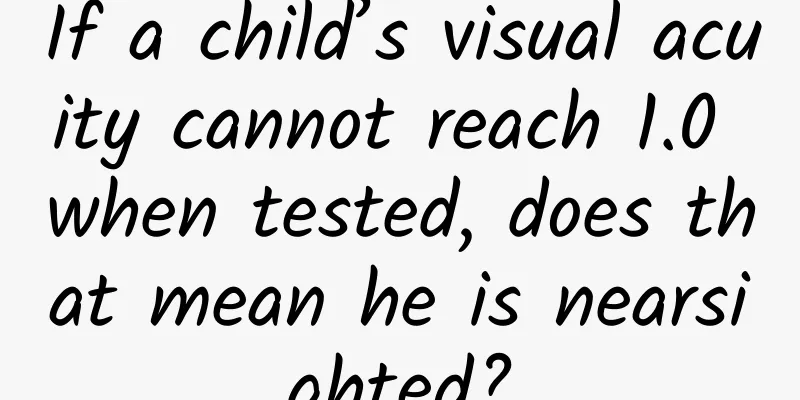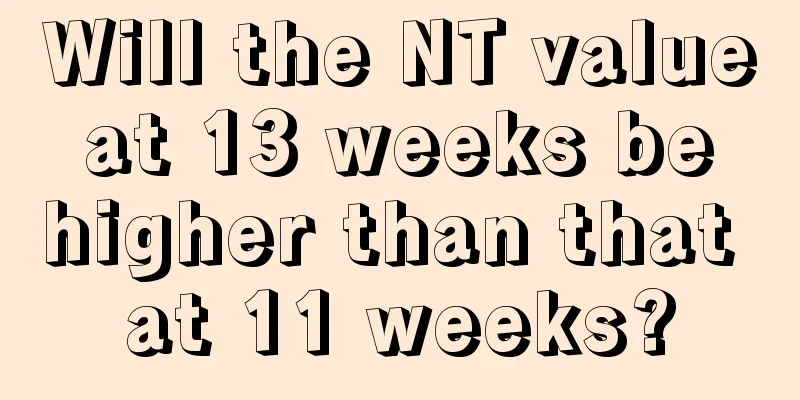If a child’s visual acuity cannot reach 1.0 when tested, does that mean he is nearsighted?

|
When doing a vision test The most annoying part for many people is looking at the eye chart Whenever I cover one eye It's like covering the whole world Not to mention seeing the E in the 1.0 row Which direction is it? but! As long as you can't see the 1.0 on the eye chart Is it just myopia? First you need to understand how the eyes develop. In fact, 1.0 is not the vision standard for everyone. Different ages have different vision standards. Especially for children in their developmental period, the more they read the eye chart, the better. Most children are born with farsightedness, short eye axes, and parallel light rays that enter the eye through the refractive system basically fall behind the retina. As the body grows and the age increases, the eyes also grow slowly, and the eye axis gradually lengthens. Normally, at about 8 years old, the eye axis reaches a level close to that of an adult. This process is called emmetropization. It is also this process that determines that the normal value of children's vision is different from that of adults. Infancy: Vision is generally poor, and often only a blurry shadow can be seen in front of the eyes 3~5 years old: lower limit of normal vision 0.5 6~8 years old: the lower limit of normal vision is 0.7 Ages 8 and above: The eye axis is close to that of an adult, and the lower limit of normal vision is 0.9 If a child completes emmetropization too early, it is a dangerous sign of myopia; if the child does not reach the lower limit of the normal age value at a certain age, or if the visual acuity of the two eyes differs by two lines or more, you should be careful about strabismus, amblyopia or abnormal visual function. Secondly, you need to know how to judge whether your child's vision is normal or not For teenagers and children, especially before the eyes have completed emmetropization, they must not blindly wear glasses based on the eye chart, otherwise they will be pushing themselves towards myopia. To determine whether a child's eye development and vision are normal, we need to comprehensively consider several aspects, including naked eye vision, refractive power, axial length, and hyperopia reserve. Finally, you need to understand what to do if your child is nearsighted! ** If it is confirmed that it is myopia, for adolescents who are still in the growth and development stage, myopia is irreversible once it is formed, and delaying its development is the right way. Develop correct eye habits When children are doing homework, it is recommended to follow the 20:20:20 rule to control the length of time they use their eyes. That is, every 20 minutes, look up and look at something 20 feet (≈6 meters) away for 20 seconds. The sitting posture should also be cultivated well. Leaning to one side affects the body shape and vision. You can refer to the "one fist, one foot, one inch" principle to guide your child's posture: Spend more than 2 hours of outdoor activities every day. A large number of studies have shown that outdoor activities can help reduce the incidence of myopia in children. For children who already have myopia, it can also indirectly play a preventive role. Ensure adequate sleep. Poor sleep may cause eye fatigue to not be relieved in time, accelerating vision loss. Keep a happy mood. The attitude of parents towards their children is very important. In addition to correct guidance, parents should also set a good example. Don't put all the responsibility on the children, otherwise the psychological pressure on the children may also cause myopia to worsen. Have regular eye health checks The child's refractive system is constantly changing and developing. Only regular check-ups can help achieve early and timely prevention and control. Preparing suitable lenses The lens is the key to a good pair of glasses. Under the premise of reasonable use of eyes, equipping children with suitable lenses can help delay the development of myopia. Therefore, you cannot get glasses based on a single eye test report. It is recommended to choose medical optometry. Through a more systematic and comprehensive examination, you can fully understand the eye's refractive power, visual function, eye axis, eye position, corneal curvature and other data. At the same time, a prescription for glasses can be written based on eye habits, and then lenses can be selected for the child in a targeted manner. |
<<: YouGov: Britons increasingly addicted to their phones
>>: A picture to understand HIV post-exposure prevention
Recommend
Is a positive gynecological tct serious?
TCT examination, also known as liquid-based cytol...
Can I get pelvic inflammatory disease if I don't have sex?
Pelvic inflammatory disease is a type of gynecolo...
Why can't glutinous rice balls be eaten for breakfast? The benefits of eating glutinous rice balls
Glutinous rice balls have a sweet and fragrant ta...
Why do women suddenly ignore you?
In life, many men may have encountered this pheno...
Is it normal to have abdominal pain during ovulation?
Many women experience abdominal bloating and pain...
What to do if a woman has a strong sexual desire?
The sexual desire of female friends is a matter o...
Cervical pain
Whether it is the male or female reproductive sys...
Postoperative care for uterine fibroids
When a disease occurs in the body, you must maste...
What if my period doesn't end when I'm 50?
Many women feel that they are already very old at...
Back to school season | 5 common infectious diseases in children in spring, parents must be vigilant!
As the saying goes, "Early spring, early spr...
Why do women become infertile?
We all know that in ancient times, if women were ...
How long does it take to clean the uterus after an abortion?
People now believe that pregnancy is not a big de...
Traditional Chinese Medicine Specialty Therapy——Spinal Micro-adjustment Manipulation for the Treatment of Cervical Vertigo
The so-called cervicogenic vertigo is mainly caus...
Why does the red swordfish always have mouth rot? How to treat the red swordfish with mouth rot?
As people's quality of life improves, more an...
What procedures are required for traveling abroad? Overseas travel requires passport, visa and air ticket booking
What procedures are required for traveling abroad...









